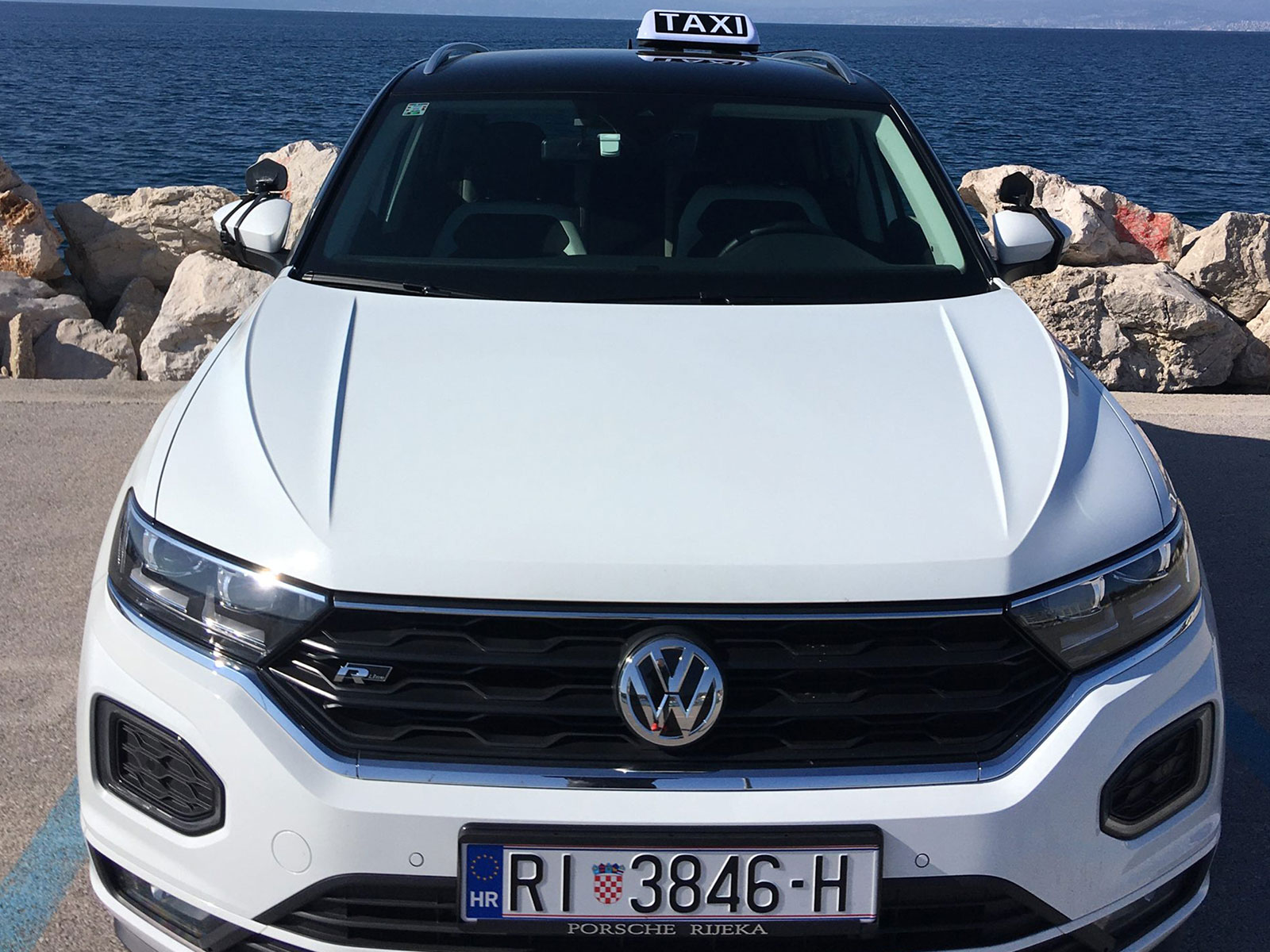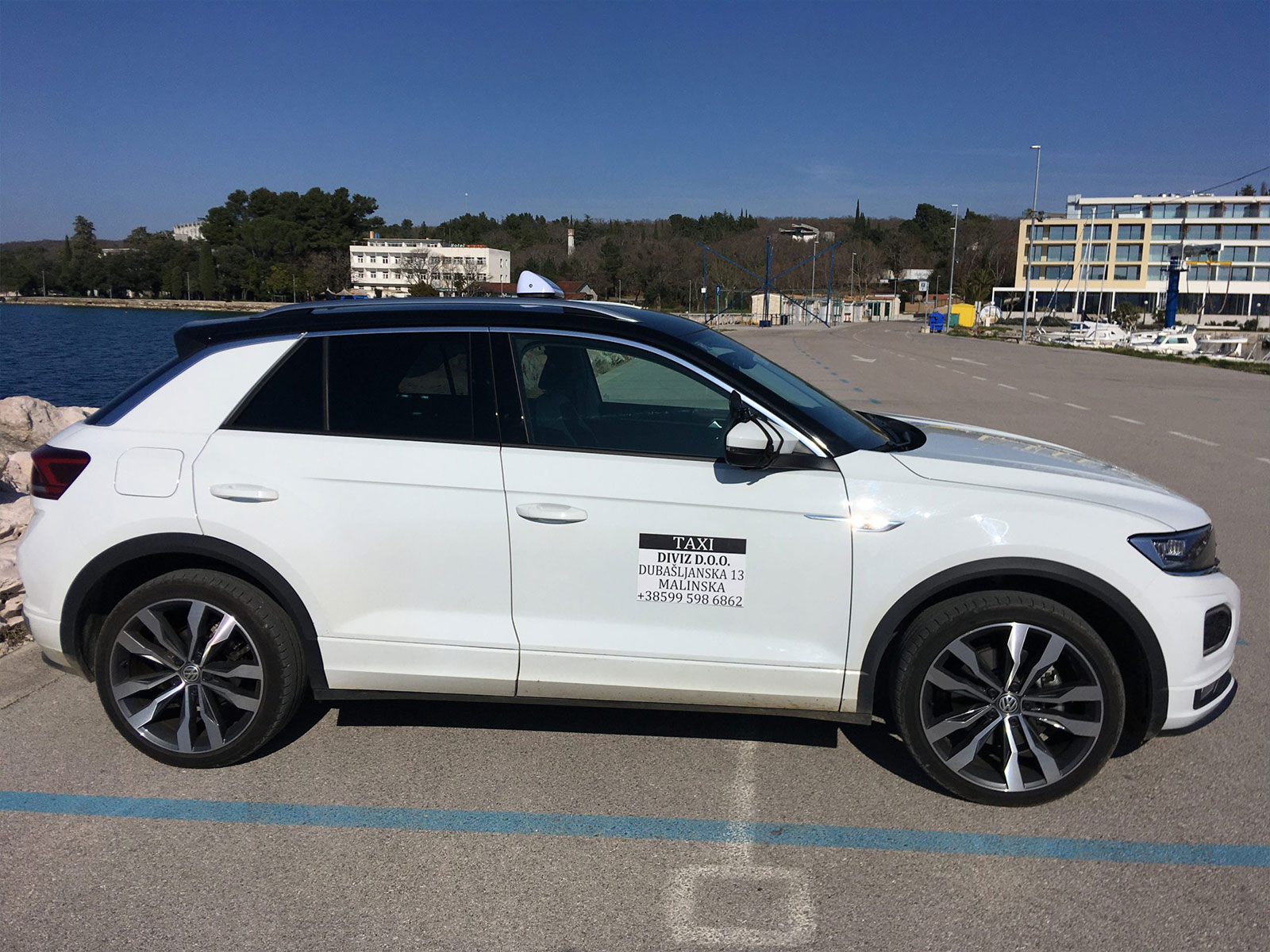Taxi Vrbnik
Vrbnik is located on the east side of the island of Krk located on a cliff that rises 50 meters from the sea. Neighboring municipalities are: Dobrinj in the north, Krk in the west, Punat and Baska in the south. On the east side is the Vinodol channel. Vrbnik is 8 km away from Punat and Dobrinj, and 28 km from the Krk Bridge.
The area of the municipality of Vrbnik is undulating, and in the south it is hilly with peaks over 400 meters above sea level. The shores are mostly steep and inaccessible, especially in the southern part, while towards the north they are more accessible. The most important bays are: Ogrul, Sršćica, Sveti Juraj, Pod Črnice in the southern part and Kostrijčica, Dresteina, Melska and Sveti Marak in the northern part.
The occasional Vretenica stream, or just the stream, flows through the Vrbnik field, which is also used to irrigate the field. There is a larger source of drinking water in the hamlet of Paprata near Garica.
Archaeological finds of Illyrian settlements in the Kostrilj sites, in the area of the villages of Garice and Risike, testify to the population of Vrbnik. The first known inhabitants of Vrbnik were the Japods. They were suppressed by the Liburnians. In the Vrbnik area below Hlam, on the main road Vrbnik-Krk, there is a significant number of Greek traces. At the beginning of the first century, the island was conquered by the Romans. Croats immigrated to the island at the end of VI. and early VII. century. In written documents, Vrbnik is first mentioned together with Dobrinj in the oldest known Glagolitic Grant of the famous Dragoslav on January 1, 1100. Vrbnik has been a Glagolitic center for centuries. The largest number of Glagolitic manuscripts preserved today was created in the Glagolitic scriptorium in Vrbnik, for example Blaž Baromić wrote Mavrov brevijar.
The most important economic branch in Vrbnik is agriculture, primarily viticulture. Vrbničko polje, which is located in the hinterland of Vrbnik, along the Baška valley, is the largest area of fertile land on the island. For centuries it has been very intensively cultivated. After several decades of partial neglect during the 20th century, in the eighties of the last century, the re-cultivation of the fields began, which is now fully utilized and is expanding with the deforestation of the surrounding forests. This was especially contributed by the “Agricultural Cooperative”, which organizes the purchase of its grape harvest and processing into wine. In addition to PZ, there are several Vrbnik families that are traditionally engaged in vine growing, purchase and production of wine. The autochthonous variety Žlahtina is especially represented in the Vrbnik field of about 150 ha. The annual production of Žlahtina is about 1,200,000 bottles. The highest quality wine is exported to Western European countries and the United States. In addition to Žlahtina, in recent years Valomet sparkling wine has been produced, the bottles of which are stored in the sea in front of Vrbnik due to ripening. Although not produced in large quantities, Valomet is successfully exported to Western countries.
Of all the seven Krk municipalities, tourism is the least developed in the municipality of Vrbnik, despite the existence of conditions. Apart from one smaller hotel, there are a smaller number of apartments in Vrbnik and Risika. Although located at sea, sea-related activities, fishing, seafaring, have never been primary. The reason is the variability of weather conditions in the Velebit Channel, which Vrbnik gravitates to.





